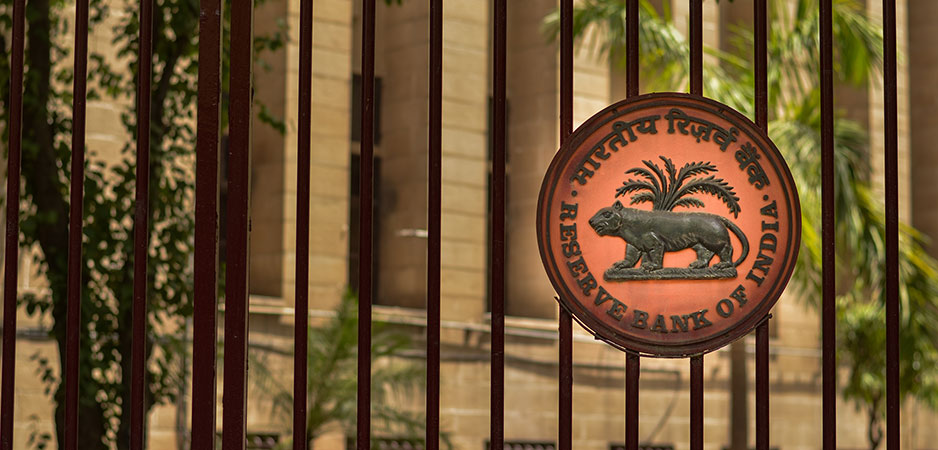Most businesses perish not because of strong competition or adverse macroeconomic conditions but because of cracks within. One such failing is weak corporate governance. For publicly listed companies, this often translates to controlling shareholders or “promoters” pursuing policies and practices in their own interests at the expense of minority shareholders. It turns out that companies with such promoters are at greater risk of crises and near-death moments in bad economic cycles. Those companies with better governance, where promoters act responsibly in the interests of shareholders, tend to do better during adversity. In fact, savvy investors now treat good corporate governance as an intangible asset.
This can be best seen in India’s banking sector. In general, private sector banks have practiced better governance than state-owned ones. Consequently, their financial and operating metrics also tell a story of profitable growth with less asset quality issues than their public sector peers. No wonder that private sector banks trade at a higher valuation than public sector ones.
360˚ Context: The State of the Indian Republic
Higher valuation puts these banks into a virtuous growth cycle. They are able to raise capital cheaply with less dilution. This reinforces their already high return ratios, which in turn continue to support a higher valuation. This self-perpetuating cycle has led to long-term compounding of shareholder returns. State-owned peers have fared much worse.
Despite a large number of state-owned banks, the majority of credit growth in India is led by private sector banks. In fact, state-owned banks are struggling and the government is forced to merge them to ensure their survival. The success of well-run private banks demonstrates how good governance can lower a company’s cost of capital. That is not all. The resulting higher valuation also gives such companies immense pricing power in corporate transactions and talent management, widening their economic moat.
Multiple Issues
India boasts of the oldest stock exchange in Asia, which is also the region’s largest. However, corporate governance in India still lags behind many other places like Singapore or Taiwan. India must understand that good corporate governance is the foundation of a lasting business. It builds investor confidence and has other benefits. India is short of capital and needs to earn investors’ trust. Without an infusion of capital, the Indian economy will fail to thrive.
There are multiple issues that plague corporate governance in India. First is the lack of accountability among controlling shareholders. For example, promoters get away with appointing their friends, ex-employees and business-school classmates as independent directors with no one raising an eyebrow. Often, statutory auditors are given only one-year extensions to pressurize them to “comply” with management demands. Compliant auditors tend to persist for too long, developing far-too-cozy relationships with the very people they are supposed to keep an eye on. With no strong checks and balances, promoters are in effect incentivized to take advantage of minority shareholders.
Second is the slow and selective enforcement by the Securities and Exchange Board of India (SEBI), the country’s market regulator. Cases against the management’s missteps take years to resolve. SEBI generally hands out warnings or mild punishments. This could be because SEBI does not have enough resources to deal with a large number of cases, or it could be a lack of authority or competence. In certain cases, promoters are extremely powerful and politically connected. Given that regulators are political appointees, it is far from easy for them to ignore pressure from politicians, remain impartial, punish the powerful and deliver justice.
Third is the fact that markets do not punish poorly managed companies for their misdeeds. India needs deeper markets with broader participation for true price discovery. Stock markets must be treated as marketplaces, not as forums for votes of confidence on the government’s economic policies. Because governments place too much importance on market performance, they have an incentive to keep them inflated. Indian corporate bond markets are even worse than stock markets in terms of participation. They are really accessible to only a handful of companies.
Fourth is the lack of transparency and weak disclosure requirements. This further perpetuates weak governance. The most detailed yearly disclosures by Indian companies are annual reports, which are often colorful marketing decks instead of detailed, factful and insightful documents, like the 10-Ks in the US. The quarterly earnings report for many companies is just a one-pager. This discloses summary items only without any breakdown of details.
Earlier, manufacturing companies were mandated to disclose operational details pertaining to capacity, production and inventory. A few years ago, this disclosure requirement was done away with. Now, the only time companies make adequate disclosures only during their initial public offerings, which is a mere one-time event instead of an annual exercise.
Bringing Sense to the Madness
The only way to bring some sense to the madness in India’s public markets is to give more independence, power and resources to SEBI. At the same time, India must seriously penalize auditors and boards of companies for overlooking management follies. In addition, the authorities must incentivize and protect whistleblowers in a similar manner to developed economies.
Some argue that complying with higher disclosure requirements might be too costly for smaller companies. That is not true. Furthermore, even the top 100 Indian companies default frequently on mandatory disclosures. Instead of reducing requirements for disclosures, India should lower costs of disclosures and compliance by using more technology.
Another way to improve the health of India’s public markets is to increase market participation and trading volumes. Then good corporate governance would be rewarded while poor corporate governance would be penalized. Making short-selling a smoother affair might make the market deeper and more liquid. To increase depth in corporate bond markets, India must make lasting banking reforms. This involves privatization and granting more powers to the banking regulator.
An unintended consequence of banking reform might be the improvement of India’s infrastructure. Currently, many state-owned enterprises in infrastructure sectors such as power are mismanaged because their bosses are able to buy time by restructuring their bank loans. Banking reforms will make that impossible and will transform this sector too.
A combination of disclosure, regulation and enforcement can improve corporate governance. Reforms can also reduce conflicts of interests as well as create the right incentives and disincentives for Indian companies. These would inevitably lead to some short-term backlash, but the substantial long-term benefits are too significant to be ignored.
The views expressed in this article are the author’s own and do not necessarily reflect Fair Observer’s editorial policy.
Support Fair Observer
We rely on your support for our independence, diversity and quality.
For more than 10 years, Fair Observer has been free, fair and independent. No billionaire owns us, no advertisers control us. We are a reader-supported nonprofit. Unlike many other publications, we keep our content free for readers regardless of where they live or whether they can afford to pay. We have no paywalls and no ads.
In the post-truth era of fake news, echo chambers and filter bubbles, we publish a plurality of perspectives from around the world. Anyone can publish with us, but everyone goes through a rigorous editorial process. So, you get fact-checked, well-reasoned content instead of noise.
We publish 2,500+ voices from 90+ countries. We also conduct education and training programs
on subjects ranging from digital media and journalism to writing and critical thinking. This
doesn’t come cheap. Servers, editors, trainers and web developers cost
money.
Please consider supporting us on a regular basis as a recurring donor or a
sustaining member.
Will you support FO’s journalism?
We rely on your support for our independence, diversity and quality.




















